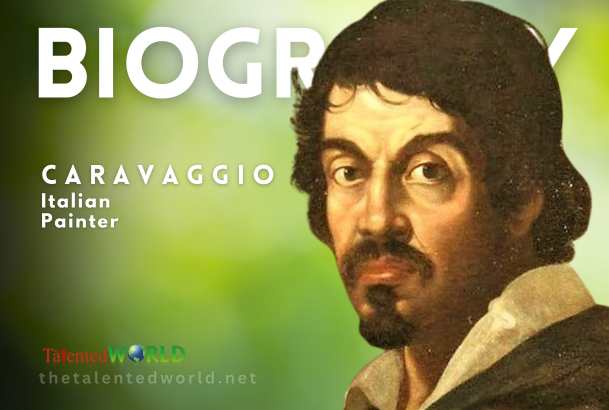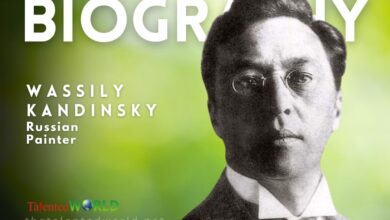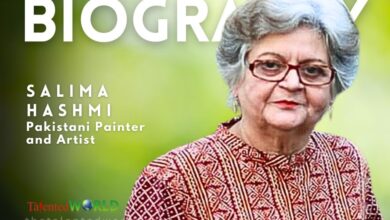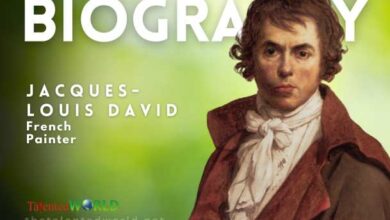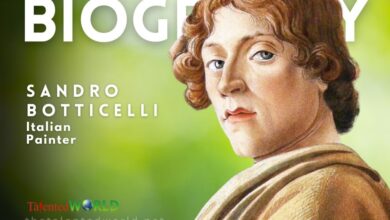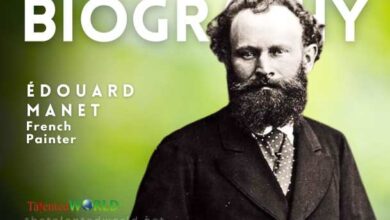| Full Name | Michelangelo Merisi (or Amerighi) da Caravaggio |
| Date of Birth | 29 September 1571 |
| Place of Birth | Milan, Duchy of Milan, Spanish Empire |
| Date of Death | 18 July 1610 |
| Place of Death | Porto Ercole, State of the Presidi, Spanish Empire |
| Education | Apprenticed to Simone Peterzano |
| Known For | Painting |
| Notable Work | List of paintings by Caravaggio |
| Patrons | Cardinal Francesco Maria del Monte, Alof de Wignacourt |
| Artistic Style | Chiaroscuro, Tenebrism |
| Influence on Art | Inspired Baroque painting and artists such as Peter Paul Rubens, Jusepe de Ribera, Gian Lorenzo Bernini, and Rembrandt |
| Movement | Baroque |
| Key Themes | Realistic observation, dramatic use of lighting, human emotions, and violence |
| Early Life | Grew up in Caravaggio after fleeing a plague in Milan; lost his father and grandfather in 1577 and his mother in 1584 |
| Career Highlights | Moved to Rome in his twenties, became prominent despite a violent reputation, fled to Naples after a murder, traveled to Malta and Sicily, sought a papal pardon |
| Death | Died under uncertain circumstances; reported causes include fever, murder, or lead poisoning |
| Posthumous Reputation | Fell out of favor but revived in the 20th century; recognized as a major influence on modern painting |
